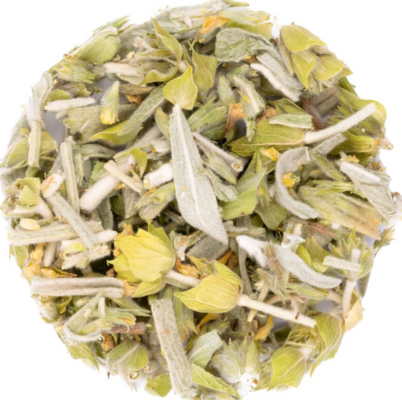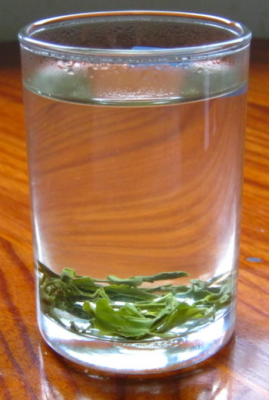Taiwan has a rich history when it comes to growing high quality oolong teas, and some of their finest and most prestigious teas are cultivated high up in the mountains of central Taiwan. Known as Gaoshan tea, an umbrella term for tea varieties grown at an altitude of at least 1,000 meters, these semi-oxidized teas boast unique growing conditions, and therefore unique aromas and flavor profiles.
Tea was first introduced to Taiwan by Chinese settlers in the 18th century. As more and more tea plants from various regions in China made their way to the island, the cultivation and export of Taiwanese tea grew immensely, making tea their top export product midway through the 19th century. However, the production of Gaoshan as we know it today only started in the 1970s, when tea farmers began experimenting with growing tea at higher altitudes. The cooler temperatures, and misty and humid conditions proved to be ideal for growing high quality teas.

However, because the air is thinner at higher altitude the tea leaves do grow fairly slowly. Add the fact that the harvesting methods are quite labor-intensive, and you have quite a limited yield each year. There are generally two harvesting periods, one in late October (Winter Gaoshan) and the other in June (Spring Gasohan). The best leaves are handpicked (usually stem and 3 or 4 buds) and processed for up to 40 hours. The leaves are then sorted for quality, placed on bamboo trays and left to wither. The leaves then undergo a shaping and rolling process, before being folded to begin the oxidation process. While it may vary per plantation, Gaoshen tea usually has low levels of oxidation (12 – 15%) making it closer to green tea. Finally, the leaves are dried and sometimes mildly roasted to enhance their flavor profiles.
Since each of the areas in which Gaoshan is produced has its own specific ecological characteristics and slight differences in production methods, the various high mountain teas all have their own unique aroma and flavor. The most famous Gaoshan tea is grown in the Alishan region at an altitude between 1,000 and 1,500 meters. Lishan oolong is grown at an elevation of 2,200 meters or more, and at one time was the most expensive Taiwanese tea around. Another famous mountain tea is Da Yu Ling, a green oolong with a sweet flavor that grows at altitudes over 2,500 meters, one of the highest grown teas in the world.
Unfortunately, there are also a few drawbacks to the cultivation of Gaoshan tea. While high mountain tea is considered as a cultural heritage, it has simultaneously been argued by the Taiwanese government that the farming of mountain tea above 2,500 meters is detrimental to the environment. It is argued that it leads to deforestation at high altitudes, and the use of pesticides and fertilizers is said to contaminate the soil. As a result, a substantial number of tea plantations were closed by the Taiwanese government. In addition, because the yearly yield of Gaoshan teas is relatively low, and its popularity is continuously growing, the tea is often in high demand, which in turn drives up the price. Moreover, it opens up the door for counterfeiters marketing their teas as original Goashan.



